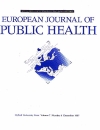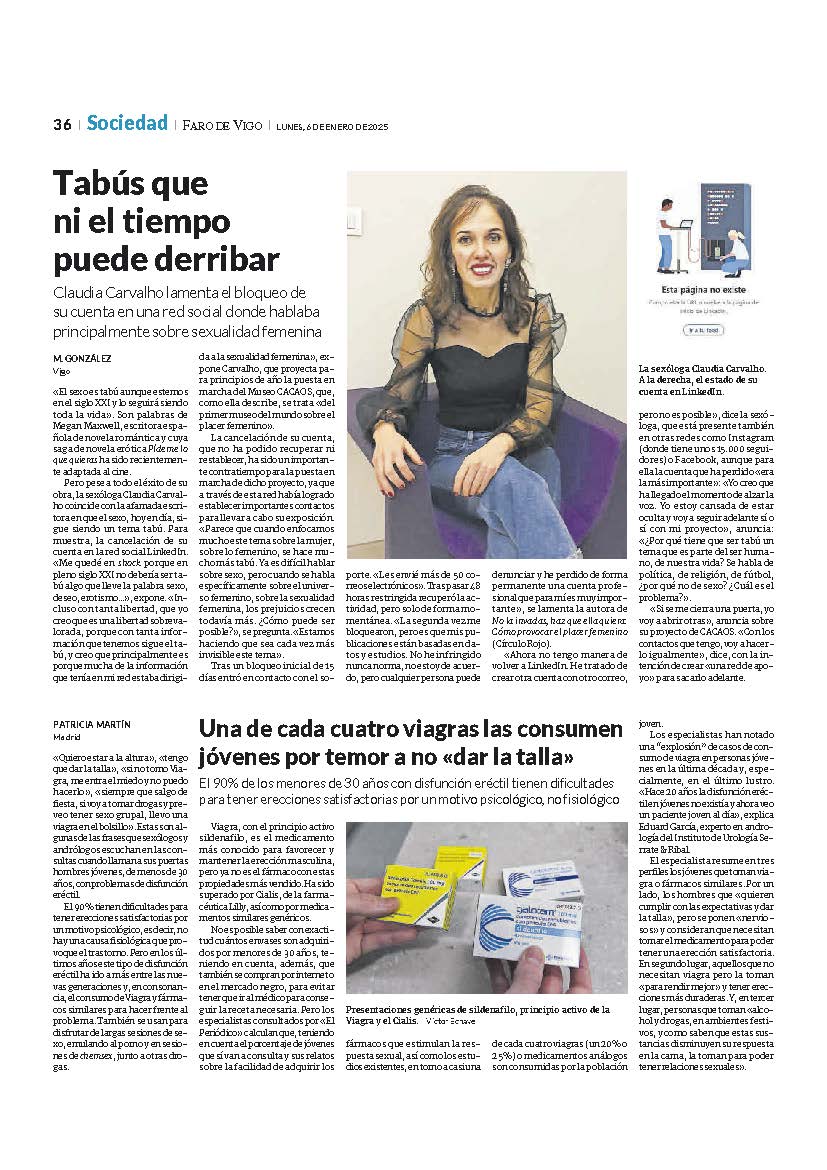Resum
Background: A growing body of literature indicates that adolescents with chronic conditions are as likely, or more likely, to take risky behaviours than their healthy peers. The objective of this research was to assess whether adolescents with chronic illness in Catalonia differ from their healthy peers in risk-taking behaviour. Methods: Data were drawn from the Catalonia Adolescent Health database, a survey including a random school-based sample of 6952 young people, aged 14–19 years. The index group (IG) included 665 adolescents (450 females) reporting several chronic conditions. The comparison group (CG) comprised 6287 healthy adolescents (3306 females). Personal, family and school-related variables were analysed to ensure comparability between groups. Sexual behaviour, drug use (tobacco, alcohol, cannabis, cocaine and synthetic drugs) and perception of drug use among peers and in school were compared. Analysis was carried out separately by gender. chi-square, Fisher’s and Student’s tests were used to compare categorical and continuous variables. Results: The prevalence of chronic conditions was 9.6%, with females showing a higher prevalence than males. The IG showed similar or higher rates of sexual intercourse and risky sexual behaviour. For most studied drugs, IG males reported slightly lower rates of use than CG males, while IG females showed higher rates for every drug studied. No differences were found in the perceptions of drug use among peers or in their school. Conclusions: Similar to previous research, chronically ill adolescents in our sample are as likely, or more likely, to take risky behaviours than their healthy counterparts and should receive the same anticipatory guidance. (Resumen extraído del artículo)






